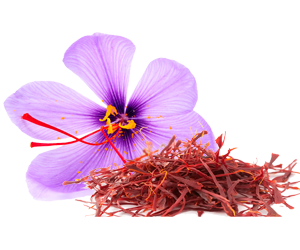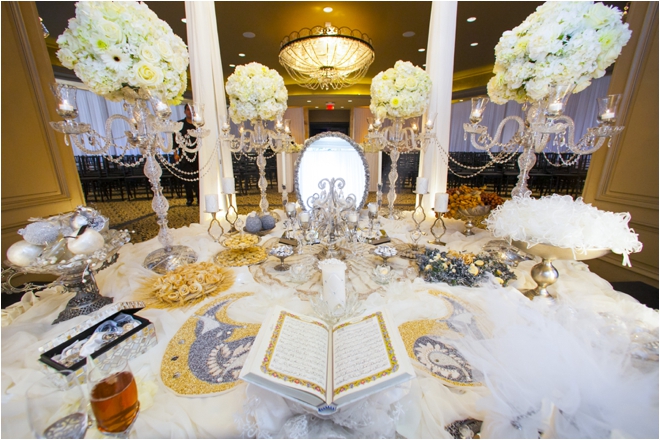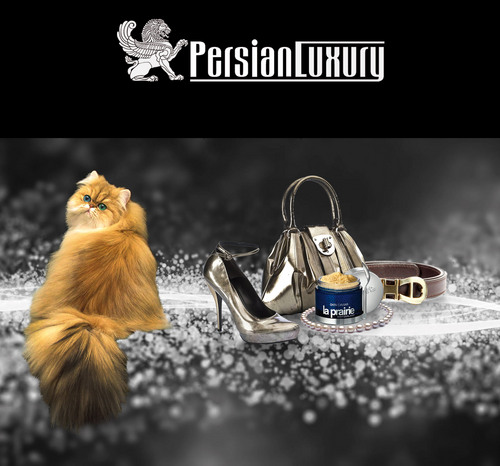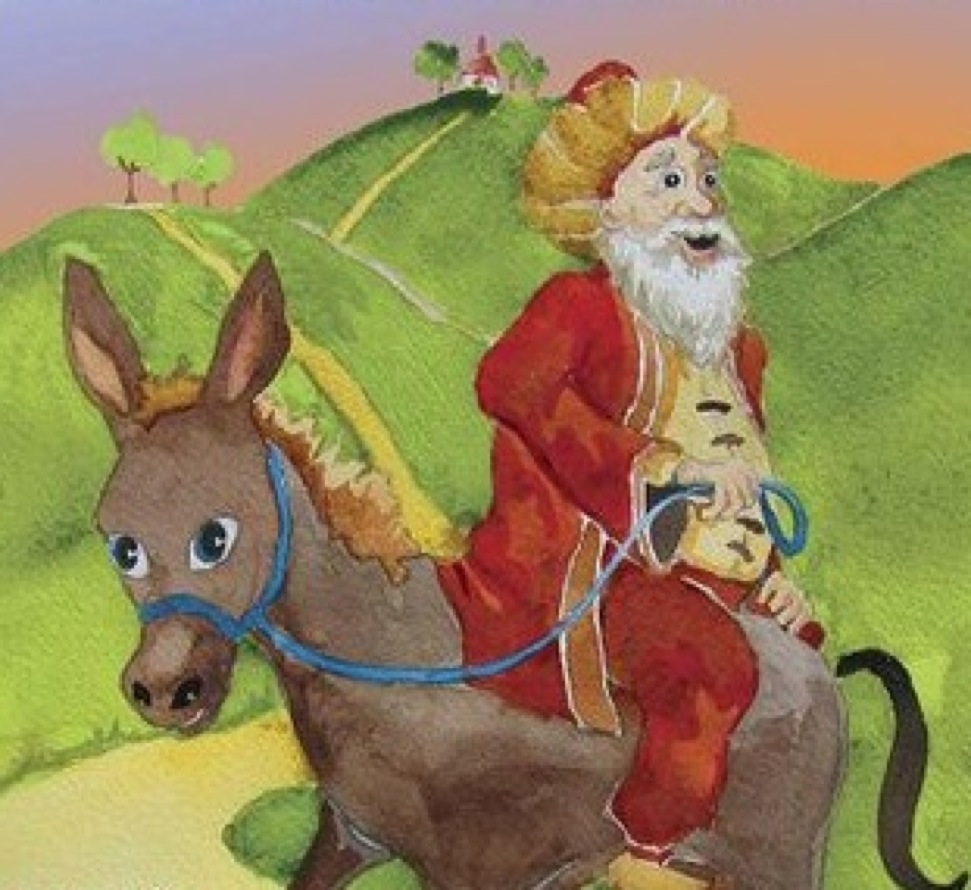.
.
.
With oil sanctions biting, Iran is focusing on non-oil exports.
Caviar is one answer to that problem.....where production can, if invested properly, reach 3000 tons of caviar a year in 100 specialized Sturgeon acquires.

The same with Persian carpets.

The same with Persian ceramics.

The same with Persian saffron.

Lack of business initiative, and government led investment has meant that Iran in its key historical millennia old industries is behind many nations.

The potentials for the luxury goods market is worth anything between $100--200 billion, for Iran.

Though we must caution against medieval mullahs installed by the USA/UK, showing ANY business initiative.

Instead they will show initiative in crass provocative politicized moves designed to weaken on-going sensitive negotiations, such as expressing enthusiasm for the Houthis......a race of people who have shown zero interest in Persia....or impounding ships in international waters for lack of paying small debts that are legally due.
We understand that Israeli agents exist in Iran's state security structure.

_________________________________________________________
Iran has mammoth plan for ‘black gold’
By Presstv.com
Caviar is an expensive delicacy traditionally reserved for the rich, harking back to the royal courts of the ancient Persia where it was in common use..
While the population of the sturgeon fish which produce caviar is dangerously depleted, the elite hunger for the commodity known as “black gold” is growing.
.
And Iran, as the producer of the most expensive caviar in the world, wants to cash in.
.
Deputy head of Iran’s Fisheries Organization Hossein Abdolhay says the country plans to produce 10,000 metric tonnes of sturgeon meat and 100 tonnes of caviar a year.
.
Last year, Iran produced a fraction of these figures: 1,000 tonnes of sturgeon meat in addition to 1.5 tonnes of caviar, the official said. Iran foresees exporting 1.5-2.0 tonnes of caviar produced in its sturgeon farms this year.
.
Abdolhay said European countries, especially Spain and France, were the prime destinations of the Iranian caviar, with Russia set to join the league this year.
.
With an international ban in place since 2011, Iran and other countries around the Caspian Sea including Russia have to grow sturgeon fish in farms.
.
The official said each kilo of the farmed Iranian caviar sells for 1,700 euros in the market.
There are more than 40 farms on the Caspian coasts as well as in the Qom, Lorestan and Fars provinces which breed sturgeon varieties, he said.

.
In addition to caviar, the sturgeon meat is highly valued for its texture.
.
Harvesting caviar is an extraordinarily arduous task. A female sturgeon takes at least 15 years to lay eggs or the caviar which we know.
.
Iran is internationally credited with having a better regulation on fishing in the Caspian Sea where the best sturgeon varieties, including beluga, breed.
.
Last year, the country released 3.074 million sturgeon fingerlings from its hatcheries into the sea as part of its preservation plans.